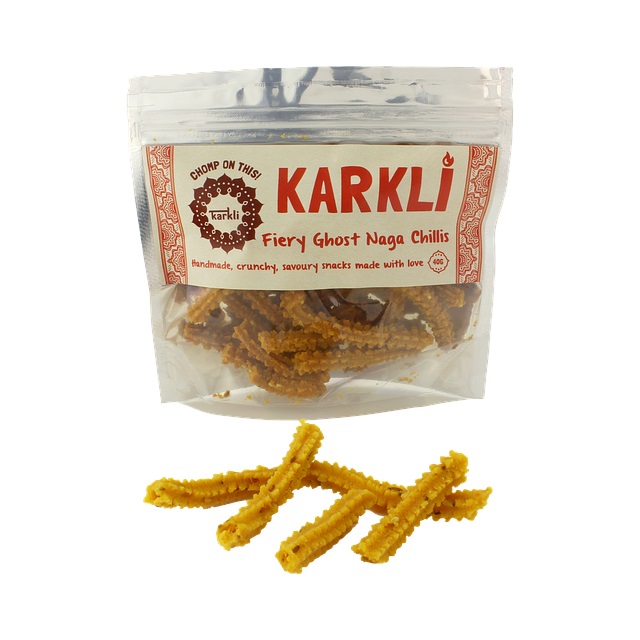As a small scale food business owner, you are aware of the importance of extended shelf life of your product plays a vital role in business profitability, expanding geographical market and to improve brand acceptance and loyalty among target customers. The longer your food shelf life, the easier the shipping, storing, and selling – there’s no doubt about that.
So, in today’s blog post, by Mr. Gaurav Jalan, Founder and Director of Packman Packaging Pvt Ltd which is India’s top food packaging manufacturer and supplier he would like you to learn four basic methods of increasing the shelf life of food. These methods are used alone or in combination to extend the normal biological life of foodstuffs and to grow your sales.
Vacuum packing removes air from the package prior to sealing. This reduces the chances of oxidization that can damage food’s odor, color, taste, texture, and life. This method involves placing items in a plastic film package, removing air from the inside, and sealing the package. Shrink film is sometimes used to have a tight fit to the contents. Thus food items like dry fruits, namkeens, papad, spices, biscuits can attain longer shelf life with vacuum packaging.
Modified Atmosphere Packaging (MAP):
In the Modified Atmosphere Packaging,the composition of the air surrounding the food inside the package is changed. The main gases used in MAP are oxygen, carbon dioxide, and nitrogen. MAP can be used with fresh or processed foods, including meat, seafood, fruits and vegetables. The MAP technique is useful for products that won’t stand up to hard vacuuming or that tend to spoil in low oxygen environments.
Hot Filling
Under hot filling packaging, food products are packed after high heating, so all micro-organisms present in the food can be destroyed by the heat. ‘Hot-filling’ is a great way to stop them from forming in the first place and is also used to maintain sterility in products. This method would be perfect for those of you whose products are jams, syrups, and sauces.
Sanitation of Plant
One of the key steps to extend product shelf-life is to maintain high standards of sanitation of your plant. You will not be successful in food manufacturing without maintaining quality cleaning, sanitizing, and Disinfecting.
While cleaning of your plan is targeted to remove of food buildup, filth/grime. Sanitizing is to reduce microorganisms such as mold, yeasts, and bacteria to acceptable levels for public health and/or product quality. Disinfecting is to destroy or inactivate microorganisms.
Sanitizing Chemicals that are commonly used are Hypochlorites / Bleach, Peroxyacetic Acid PAA– Effective in removing biofilms. Quat Sanitizerss – Quaternary Ammonium Compounds.
Sanitizing or sanitation we are referring to the application of a sanitizing chemical to drastically lower the mold and bacteria levels on the food contact surfaces as well as walls, floors, ceilings in inside air handling ducts.
Packman Packaging Pvt Ltd is India’s top food packaging manufacturers and suppliers.




